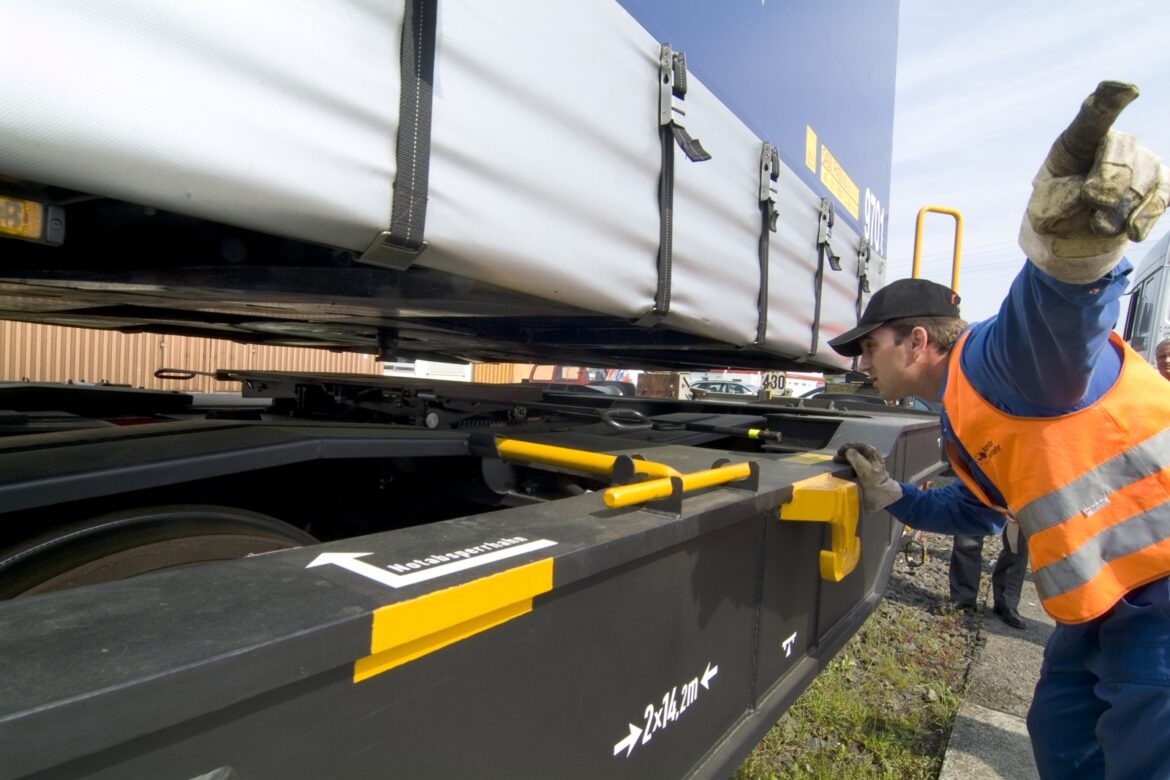Temperature regulation will also protect the climate. Kombiverkehr has been involved in its development from the start.
Standards create quality and efficiency because everyone works with them and the interfaces function correctly. One of the most important standards in the Combined Transport sector has gone by the name of T3000 since 2006: THE double pocket wagon for all standard semitrailer sizes, including megatrailers with an interior height of 3 metres.
At the time, the T3000 was based on the findings of the EU-funded SAIL (Semitrailers in Advanced Intermodal Logistics) research project. Kombiverkehr played a significant part in its design. “We recognised early on the direction of travel in CT,” says Kombiverkehr managing director Armin Riedl, “as the percentage of semitrailers moved by CT was rising significantly faster than that of transported containers. The arrival of the megatrailer made it clear to us that the previous T2000 model needed more development.”
The combination of advantages of the T3000
Fast forward 15 years and the T3000 is a key player in CT. Everyone uses it: Deutsche Bahn, VTG and many more besides. Its combination of advantages is unbeatable:
- 35 tons light
- 34 metres short
- Comparatively low purchase price
- Suitable for megatrailers without retractable underride guard
- Fitted with quiet brake blocks from the start
- The side members of the wagons are lowered in the middle section, thus ensuring that the crane has direct access to the low-lying megatrailer grappler pockets.
Special temperature-controlled trailers with their own fuel tank for the cooling unit are already being used in the Kombiverkehr network to carry high-quality raw materials for the pharmaceutical industry and to transport fruit, meat, vegetables, frozen meat and pizzas.
Climate-friendly electricity on board – THE challenge for the T3000
Since standards are in place for the market, which is growing at a steady pace, the next quantum leap is now imminent: the T3000 is set to combine temperature control and climate protection in future, thus making the food industry just as happy as the pharmaceutical and chemical industries.
Temperature regulation requires on-board electricity – this came from comparatively “high-emission” diesel generator sets in the past but should come from significantly more climate-friendly sources in future, whether overhead lines, locomotives or rechargeable batteries. “This goal is achievable,” says Armin Riedl, “which is exactly why we are tackling it head-on, together with rolling stock manufacturers and leasing companies of course. We expect some initial results by the end of 2021. Once the temperature-controlled T3000 has been developed, it will make Combined Transport attractive to many new product and commodity groups.”
Apart from exceptionally heavy and bulky project cargoes, which require special crane equipment, virtually all goods are suitable for CT. The future T3000ecar will substantially increase the already wide range of CT-compatible freight. Armin Riedl: “Once again, it’s great to see that every new standard starts out small. And only those who persist turn it into state-of-the-art.
“We will keep you updated on the test series for the future T3000ecar in the “Simply Intermodal” blog.


Comments are closed.